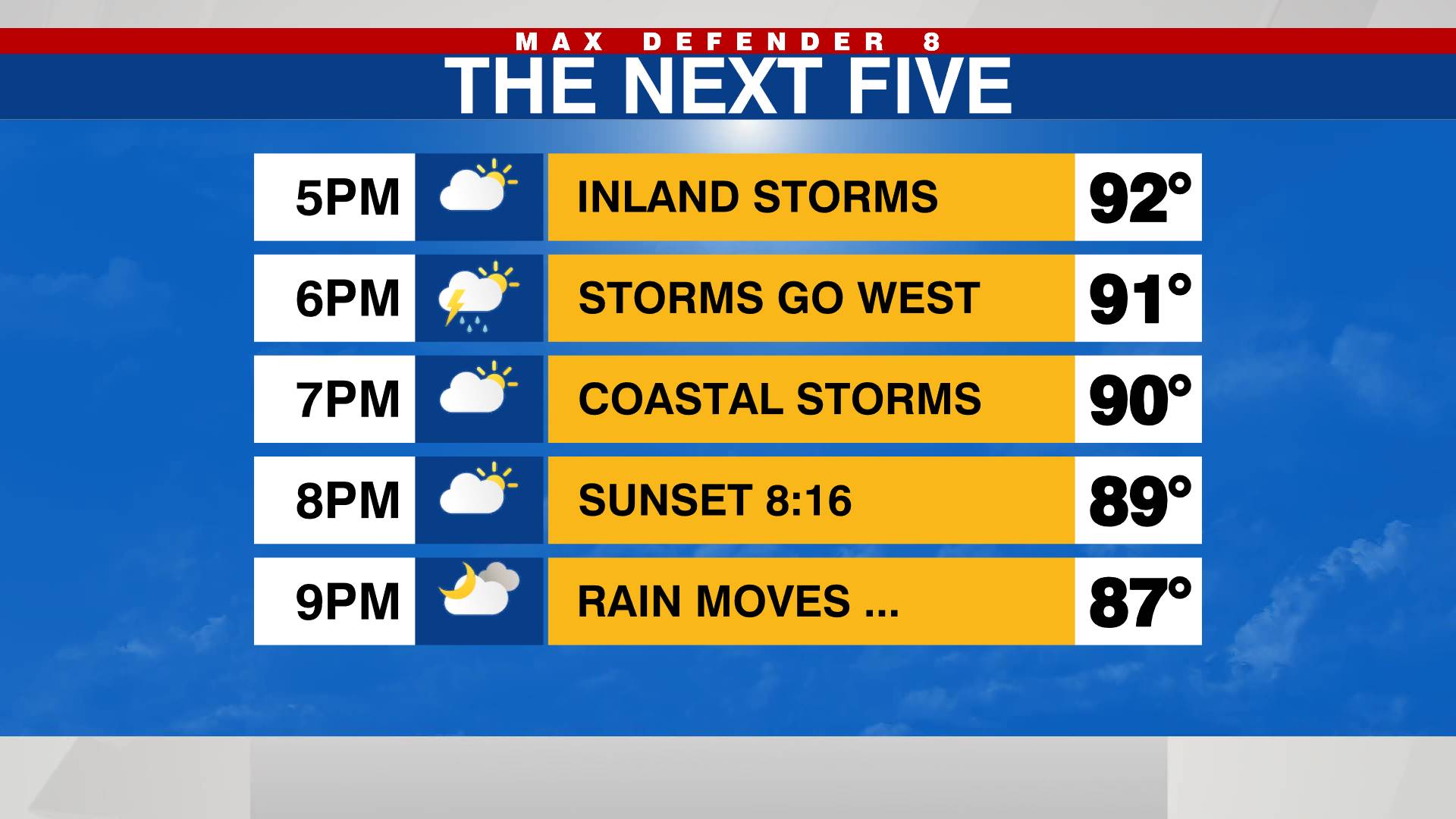TAMPA, Fla. (WFLA) – A large amount of bottlenose dolphin strandings resulting in fatalities have occurred in the northern Gulf of Mexico, including the Florida Panhandle, according to the National Oceanic and Atmospheric Administration.
Here in the Tampa Bay area, bottlenose dolphin fatalities are ongoing after last summer’s red tide.
Last week, NOAA declared the strandings in the northern gulf “an unusual mortality event,” something the organization did last summer in our area due to red tide.
Under the Marine Mammal Protection Act (passed in 1972), an usual mortality event is “a stranding that is unexpected” that “involves a significant die-off of any marine mammal population and demands an immediate response.”
Since Feb. 1, 281 dolphins have been stranded in the Panhandle from the Alabama border through Franklin County and in Louisiana, Mississippi and Alabama as well.
NOAA confirms that’s three times higher than average.
In the Tampa Bay area, 173 dolphins have died this year.
That’s four times higher than the average.
More dolphin strandings have been reported in southern counties, where the red tide organism was heaviest.
While bottlenose dolphins in the Tampa Bay area aren’t suffering from red tide biotoxins any longer, Dr. Erin Fougeres, Marine Mammal Stranding Program Administrator for NOOA Fisheries Southeast Region in St. Petersburg, says they are seeing secondary effects that are hurting these animals.
“So the red tide wiped out a lot of the prey species for the dolphins. So we’re starting to see a shift for them into eating things they might not normally eat. We’re starting to see some human interactions where they’re maybe interacting with anglers more to steal fish and things like that, so we’re seeing some entanglements that are starting to occur. And some of the dolphins that are stranding are thinner than they would normally be,” she said.
Dr. Fougeres said bottlenose dolphins in the northern Gulf of Mexico are recovering from a well-known incident from 2010: the Deepwater Horizon oil spill. That and other factors are playing a part in this recent die-off of bottlenose dolphins.
“We are concerned about the increase in freshwater that’s in the northern Gulf right now, as the result of just the really, really heavy rains and flooding that’s happened this winter. It’s the wettest winter in the Mississippi Valley in the past 124 years,” Dr. Fougeres said.
“And salinities are very low in the northern gulf right now. We’re seeing about 23 percent of the dolphins strand with lesions on their skin that is consistent with fresh water exposure.”
NOAA asks people to report any stranded, injured or sick dolphin they find.
If a dolphin is alive and stranded, Dr. Fougeres said do not push it back and report the animal to your local stranding network, who can be reached at 877-WHALE-HELP.
Follow Digital Reporter Daisy Ruth on Facebook
TOP STORIES
Driver ran over pregnant mother, toddler on purpose, killing them both, police say
Super-termite headed for Tampa Bay, chews through concrete
Brooksville woman bit while trying to kiss 200-pound bull mastiff
Florida man arrested for drug possession while attempting to catch Pokemon
3 dead in crash on John Ringling Causeway












